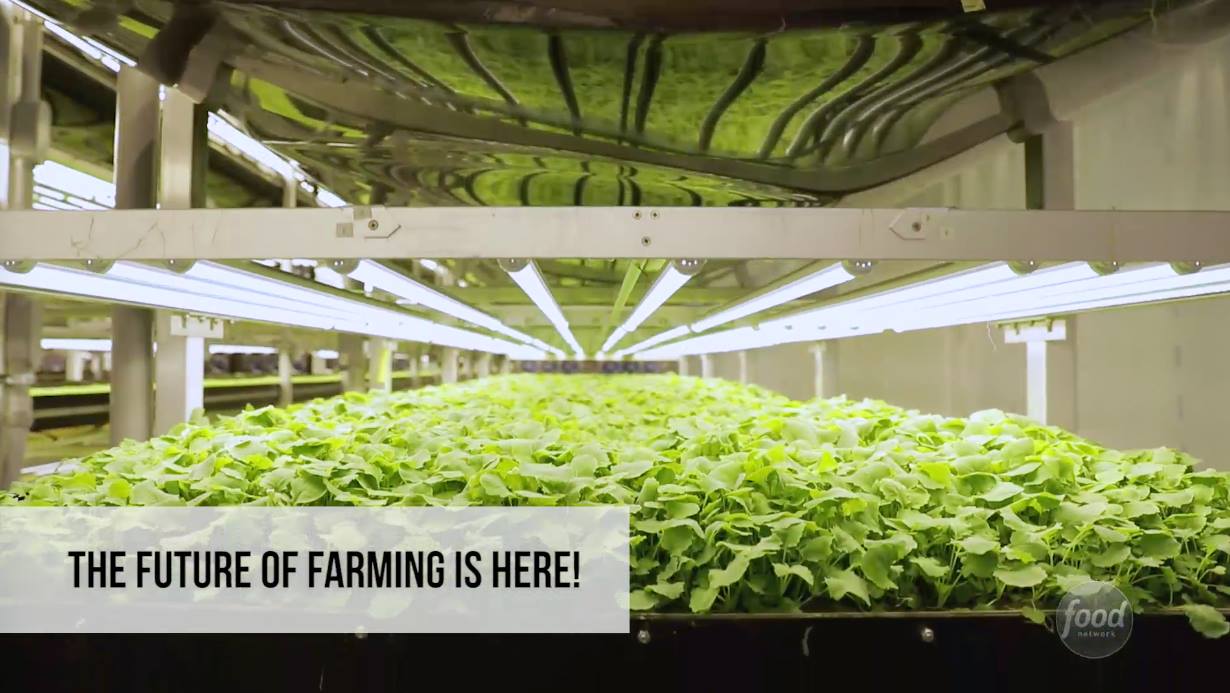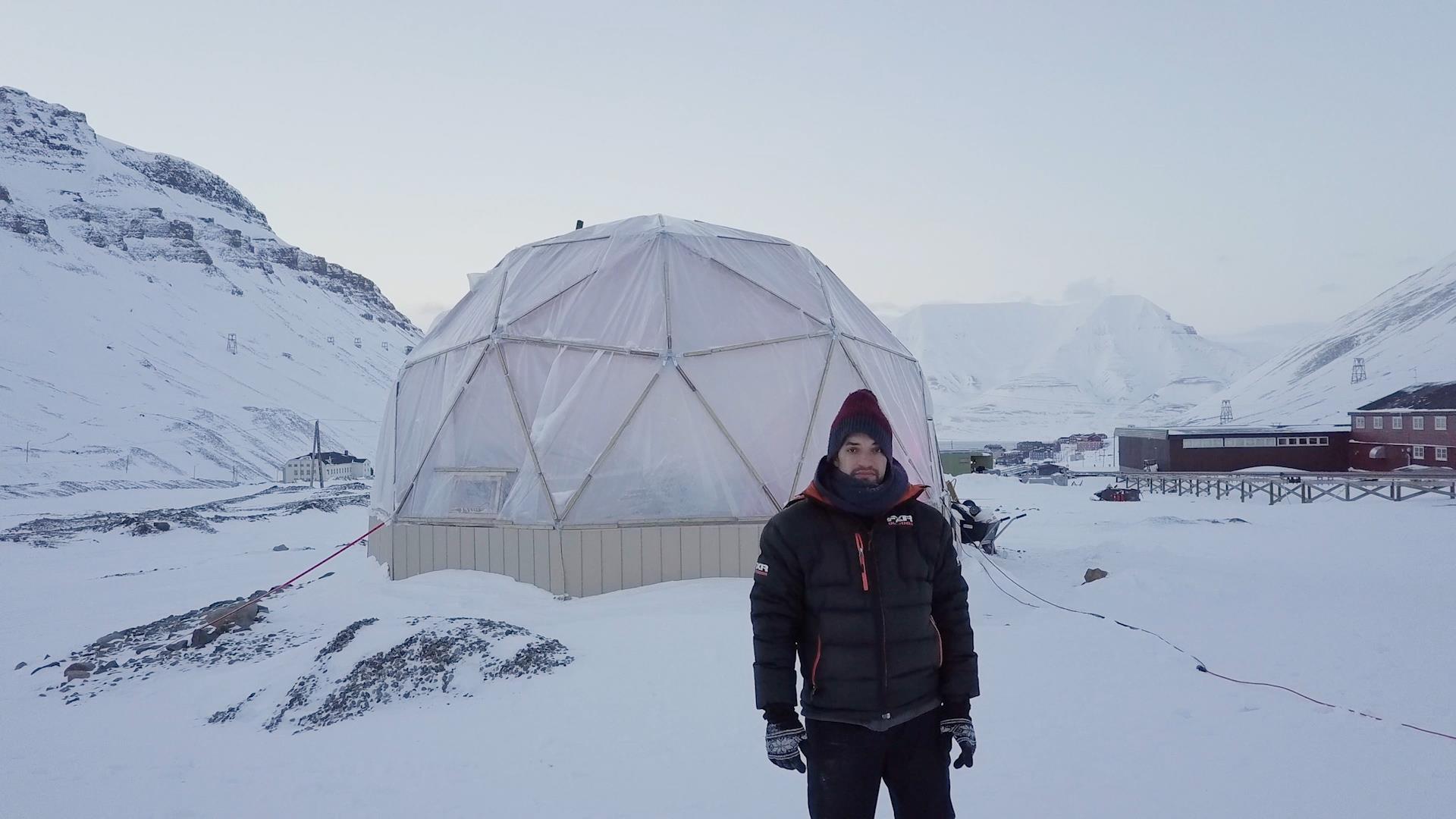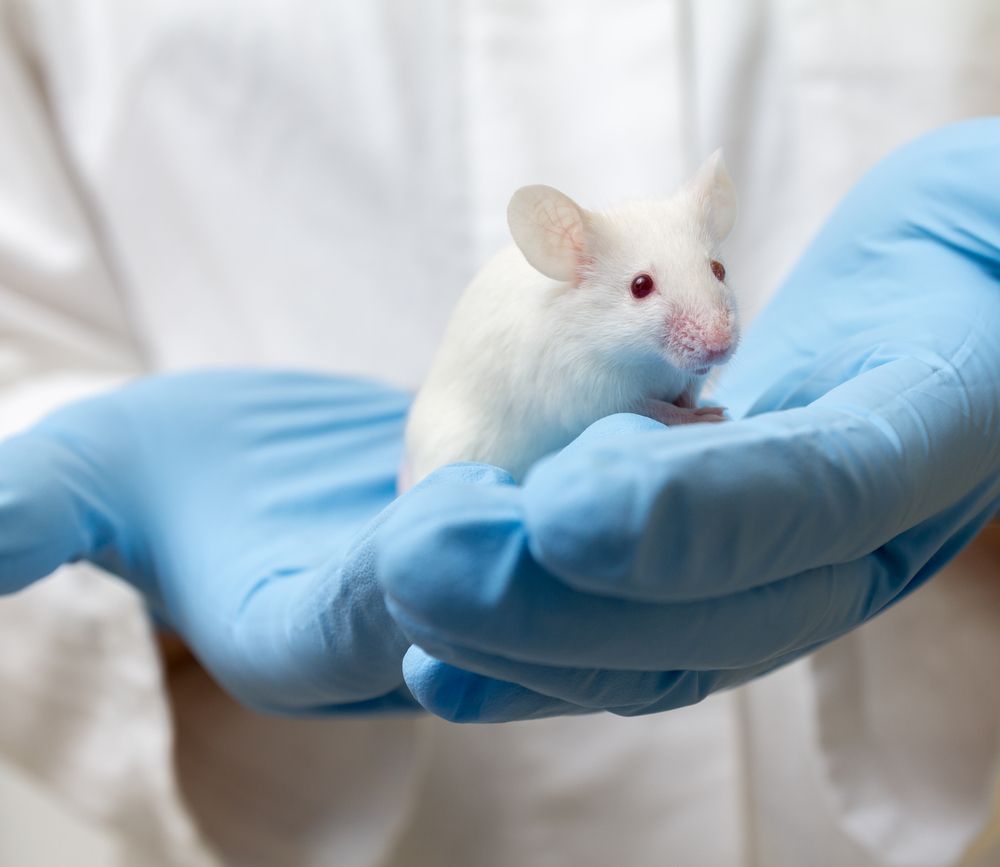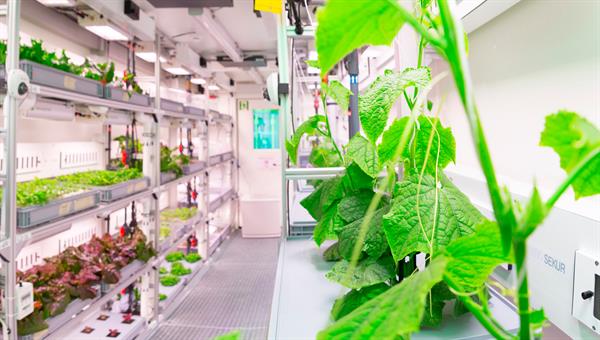Archive for the ‘food’ category: Page 275
Benjamin Vidmar is the founder of Polar Permaculture and he’s trying to do the impossible: grow vegetables in the harsh landscape of Svalbard, a group of Norwegian islands in the Arctic Ocean.
Jul 15, 2017
Fisetin a Compound in Strawberries Slows Aging in Mice
Posted by Steve Hill in categories: biotech/medical, food, life extension
Interesting results in mice but don’t jump on the bandwagon yet.
Fisetin is a naturally occurring plant polyphenol from the flavonoid group, similar to quercetin. It is present in many plants, where it acts as a colouring agent. It is also found in many fruits and vegetables, such as strawberries, apples, persimmons, onions, and cucumbers.
It has also been found to be a senolytic compound able to clear senescent cells, at least it does in vitro studies in a petri dish[1]. The clearance of dysfunctional senescent cells is one of the repair based approaches proposed by the SENS Research Foundation to prevent or reverse age-related diseases.
Continue reading “Fisetin a Compound in Strawberries Slows Aging in Mice” »
Jul 14, 2017
This Is How Gene-Editing Will Change The Food You Eat
Posted by Aleksandar Vukovic in categories: biotech/medical, food, genetics
For example, in 1994 Calgene won approval to sell the Flavr Savr tomato. To make a Flavr Savr, scientists genetically modified a garden variety tomato with aminoglycoside 3-phosphotransferase II, a compound that kept the fruit from rotting.
The tinkering sabotaged the process that makes tomatoes turn squishy. But the less-squishy tomatoes never did catch on with a skeptical public. The company was later sold to Monsanto.
It changed everything.
Continue reading “This Is How Gene-Editing Will Change The Food You Eat” »
Jul 14, 2017
A Behind-the-Scenes Look at Europe’s Huge New Vertical Farm
Posted by Montie Adkins in categories: food, sustainability
The Eindhoven High Tech Campus, a 90-minute train ride south of Amsterdam, consists of two rows of nondescript mid-rise office buildings on either side of a wide, tree-lined road. In typical Dutch fashion, there’s more parking for bikes than cars, and the campus is flanked by stretches of neatly-maintained green fields and canals.
The place doesn’t have an especially high-tech feel to it. But on the third floor of a building near the end of the road, a division of Philips Lighting called GrowWise is using technology to tackle a crucial question: what are we going to eat once there are over nine billion people on Earth?
GrowWise is a vertical farming research facility, and in conjunction with Dutch fresh food distributor Staay Food Group, it’s laying the groundwork for the first commercial vertical farm in Europe, slated to open north-east of Amsterdam in a town called Dronten later this year.
Continue reading “A Behind-the-Scenes Look at Europe’s Huge New Vertical Farm” »
Jul 8, 2017
What we get wrong about technology
Posted by Derick Lee in categories: food, internet, mobile phones, robotics/AI, sustainability
The toilet-paper principle suggests that we should be paying as much attention to the cheapest technologies as to the most sophisticated. One candidate: cheap sensors and cheap internet connections. There are multiple sensors in every smartphone, but increasingly they’re everywhere, from jet engines to the soil of Californian almond farms — spotting patterns, fixing problems and eking out efficiency gains.
Forget flying cars or humanoid robots. The most disruptive inventions are often cheap, simple and easy to overlook.
Jul 7, 2017
World premiere of the Antarctic greenhouse EDEN-ISS
Posted by Klaus Baldauf in categories: climatology, food, space travel, sustainability
Global food production is one of the key societal challenges of the 21st century. A growing world population with the simultaneous upheaval caused by climate change demand new methods of cultivating crops in regions with unfavourable climates. A closed greenhouse is a good way of growing food in deserts and low-temperature regions – as would be the case on missions to the Moon and Mars – as it permits harvesting regardless of the weather, the Sun and specific seasons. In a closed greenhouse, water consumption is immensely reduced and there is no need for pesticides and insecticides. This kind of model greenhouse will set off for the Antarctic at the end of 2017 for a year of long-term testing under extreme conditions as part of the EDEN-ISS project. Unparalleled elsewhere in the world, this Antarctic greenhouse was presented to the public for the first time at the Bremen site of the German Aerospace Center (Deutsches Zentrum für Luft- und Raumfahrt; DLR) on 7 July 2017.
“DLR is pursuing application-oriented research within the EDEN-ISS project. Its purpose is to bring fresh impetus to food production on Earth and for human space flight,” says Hansjörg Dittus, DLR Executive Board Member for Space Research and Technology. “In doing so, we are advancing the cause of a key technology that will provide a fresh diet to inhabitants of climatically harsh regions – in our case the Antarctic – as well as to astronauts on future long-term missions.”
A year on the eternal ice.
Continue reading “World premiere of the Antarctic greenhouse EDEN-ISS” »
Jun 29, 2017
For Moogfest, Michael Stipe, Lonnie Holley, and Transhuman Futurists Commune Down South
Posted by Zoltan Istvan in categories: food, life extension, media & arts, transhumanism
This is the oldest and largest art magazine by circulation in the world. For the first time, it has #transhumanism in its search engines. A main task of mine all these years has been spreading that word and concept. My talk at #Moogfest on the Immortality Bus is covered a bit in this story.
L ast month, as bidding was underway at Sotheby’s for what would prove to be a stratospheric Jean-Michel Basquiat sale, Lonnie Holley, a 67-year-old artist who was born in Birmingham, Alabama, and has worked for decades in various folksy and homegrown modes, was preparing to take the stage at a sports bar in Durham, North Carolina. He was sitting at a table in the back, in a place that stank of burgers and beer. An audience of a few dozen had convened for the occasion, though it was hard to distinguish between Holley fans and regular denizens of the Bullpen, a joint next door to the stadium for the beloved local minor-league baseball team, the Durham Bulls. Night-game lights were bright outside. Televisions above the bar showed the Bulls making easy work of the Gwinnett Braves, in town for a weekend series from Georgia. The air was thick and languid in the way it tends to be on a deep, hot Southern summer night.
Holley is a hero to some: as an artist, he has made formidable paintings and sculptures that have been collected by the Souls Grow Deep Foundation and exhibited by museums and institutions all over, and as a musician, he has forged an unforgettable sound with a stirring voice and stewing electronics. For all his accomplishments, though, Holley remains underappreciated—certainly not as known in the worlds of either art or music as he should be.
Jun 24, 2017
Artificial meat and the problems of ‘-isms’
Posted by Nicola Bagalà in categories: ethics, food, sustainability, transhumanism
Artificial meat and food may be among our best tools to solve the problems of animal cruelty, feeding a growing population, and (in part) global warming. What do vegans and vegetarians think? In favour of cruelty-free lab-grown meat, or against it by principle?
I often say that I am not a fan of ‘-isms’. Not even those supporting the causes I care for, such as transhumanism. I sympathise with some ‘-isms’ (again, such as transhumanism), but I never consider myself a ‘something-ist’. The reason is that, generally, ‘-isms’ have two problems. The first problem is that they almost always support at least some ideas, or make certain claims, which I disagree with or find too fanciful (certain acceptations of ‘mind uploading’ come to mind, but that’s a story for another post). The second problem is that, if you say you’re a something-ist, people will almost surely assume that you endorse, or believe in, some ideas that are really not your thing, merely because such ideas are either an integral part of the relevant something-ism, or are what people think something-ism is about (which may or may not be true). Not to mention the fact that people often regard the dictionary as the ultimate authority on what ‘real’ something-ism is about, cheerfully ignoring all its variants and flavours (which often blur into mainstream something-ism and each other), whose proponents are usually well persuaded that their own something-ism is the real thing—others just got it wrong.
There’s actually a third problem too. Namely, that if they’re not careful, something-ists who are a bit too zealous might end up putting their ideology before the reasons they embraced it in the first place. Sometimes, this can undermine the very objective something-ists intended to achieve with their embracing the ideology and spreading it left and right.
Continue reading “Artificial meat and the problems of ‘-isms’” »
Jun 18, 2017
Behind The Scenes at AeroFarms
Posted by Dan Kummer in categories: food, sustainability

This large-scale farm is in the middle of a big city! The future of farming is here. (via AeroFarms)
















